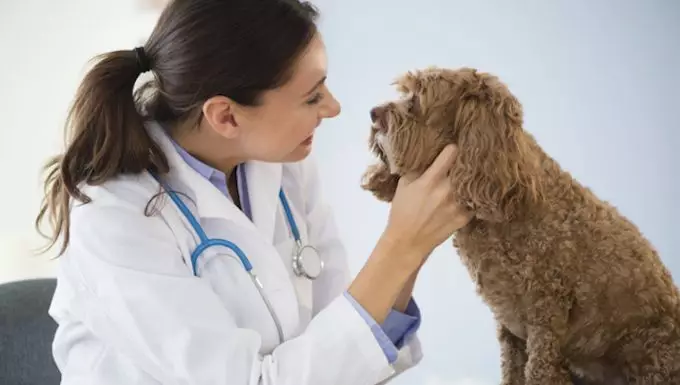Mouth cancer in dogs, medically referred to as ameloblastoma, represents a concerning health issue, particularly for middle-aged and senior canines. While the precise origin of this malignancy remains elusive—categorizing it as idiopathic—various factors potentially contribute to its onset. Understanding the nature of this disease is essential for pet owners, as early detection and intervention significantly affect outcomes.
The clinical presentation of mouth cancer in dogs can be subtle, making it crucial for owners to be vigilant. Common indicators may include noticeable swellings or mass formations within the mouth, reluctance to eat, or even sudden behavior changes related to oral discomfort. Given that these symptoms can overlap with other dental or oral health issues, recognizing them and seeking veterinary care promptly can be life-saving.
Despite the unknown nature of the disease’s origin, certain elements have been identified that may increase a dog’s susceptibility to developing mouth cancer. Genetic predisposition plays a significant role; specific breeds exhibit higher incidences of this condition. Environmental factors, such as exposure to carcinogens—substances known to induce cancer—may also contribute. Moreover, viral infections have been implicated in certain cases. Although older dogs are more prone to this disease, it’s essential to remain observant, as younger dogs are not entirely exempt.
A comprehensive approach is crucial for an accurate diagnosis. Veterinary professionals will initially gather detailed histories of the dog’s symptoms and any pertinent medical background, including breed-specific predispositions. A thorough physical examination is performed, often accompanied by blood and urine tests to assess overall health. Advanced imaging techniques, such as X-rays or CT scans, may be employed to evaluate tissue structure. Finally, to reach a definitive diagnosis, veterinarians typically conduct a deep tissue biopsy. This crucial step informs the treatment path and helps determine the malignancy stage.
Surgical intervention remains the cornerstone of treatment for mouth cancer in dogs. The primary goal is to excise the cancerous mass effectively. Depending on the individual case, follow-up care may involve radiation therapy to target residual cancer cells. Post-operative, a conducive recovery environment is essential—ensuring the dog experiences a calm atmosphere aids healing. Additionally, modifications to the dog’s diet may be required, and veterinarians often provide tailored dietary plans to facilitate recovery and maintain nutritional balance.
Caring for a dog with mouth cancer can be an emotionally taxing experience; however, knowledge and proactive care can greatly affect the trajectory of the disease. As pet owners, maintaining vigilance regarding any changes in behavior or health and fostering open communication with veterinary professionals are paramount. Prompt attention to symptoms can lead to earlier diagnosis and better overall outcomes, making a significant difference in your furry friend’s quality of life. Have you faced challenges in caring for a dog with mouth cancer? Your experiences could offer valuable insights to others navigating this difficult journey.

